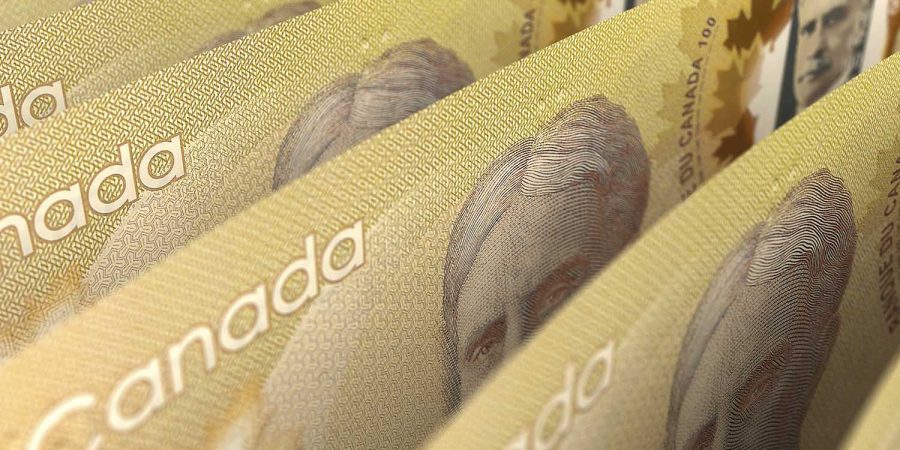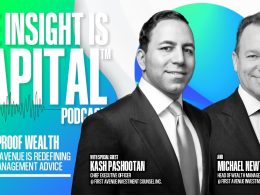To hedge or not to hedge? - by Matt Peden
Currency hedging is not without cost, particularly given the volatility in currency markets. We do not make currency calls or forecast the path of the Canadian dollar relative to the fund’s currency exposures.
I believe the four most important considerations around hedging are the following:
- The Canadian dollar is pro-cyclical (tends to rise and fall along with markets) and therefore hedging elevates the volatility of an equity portfolio
- The costs associated with hedging a range of currencies and tracking error can detract from long-term returns, as hedges must be constantly rebalanced with movements in portfolio exposures
- The problems associated with the potential mismatch between a company’s underlying revenue and earnings streams and the currency in which its stock trades
- While the Canadian dollar has depreciated significantly against the U.S. dollar, major international currencies, such as the euro, yen and pound, have not appreciated relative to the Canadian dollar to nearly the same extent
If we assume that the net impact of currency movements will be zero over a five- or 10-year period (which is a reasonable assumption in my opinion, given the broad-based currency exposure of the funds, Trimark Europlus Fund or Trimark International Companies Fund, for example), then the hedged fund would return X% minus the cost of hedging, and the unhedged version would return X%. Therefore, in this scenario, the unhedged approach results in a higher long-term return.
History indicates that hedging the Canadian dollar against the full basket of currencies the fund is exposed to would add additional volatility to Canadian-dollar returns, as the Canadian dollar tends to be pro-cyclical – meaning it falls in value when equity markets are falling. Therefore, in a down market, such as 2008, currency-hedged fund returns would have been even worse because the Canadian investor would not have received the mitigating benefit of the appreciating foreign currencies.
In this context – particularly because we don’t have specific insight as to the long-term direction of the Canadian dollar and thereby assume the long-term impact will be neutral – hedging currencies would add additional volatility to the Canadian-dollar returns and result in a somewhat lower long-term return.
For the long-term investor, I believe currency impacts will balance out over time, leaving investors with strong long-term returns from the underlying performance of the businesses we invest in, and a higher return with less volatility than a hedged version of the fund would produce.
Currency mismatch
There is also an additional consideration for companies that trade in one currency yet generate most of their revenue in other currencies. Nestlé, for example, is based in Switzerland but only a small proportion of its revenue and earnings is in Swiss francs. When the Swiss franc peg to the euro was removed, Nestlé’s share price fell significantly as investors rightly recognized that the company’s foreign currency revenue and earnings were worth a lot less when translated to Swiss francs and the company’s local-currency earnings per share would therefore fall.
However, the losses we incurred from the fall in Nestlé’s share price were offset by the appreciation of the Swiss franc. If we had hedged our exposure we would have sustained a large loss on our Nestlé position at that time because our currency hedge would not have matched the underlying revenue and earnings exposures of the company.
This example shows that the case for hedging is not straightforward, as there may be a mismatch between the currency a stock trades in and the currencies from which that company derives its revenues.
Given our team’s broad-based currency exposure, I don’t think it is a forgone conclusion that the Canadian dollar will appreciate against these currencies in the longer term. Although the Canadian dollar has significantly depreciated against the U.S. dollar, so have the euro and the yen. Canadian investors may need to reset their expectations regarding the value of the Canadian dollar because a 10-year-plus resource super cycle, which elevated the value of the Canadian dollar over the past decade, has ended.
Further, Canada’s major cities appear to be in the midst of an unprecedented housing bubble and household debt levels are at record highs,† creating additional downside risk. As a result, despite a significant depreciation against the U.S. dollar, there is by no means any certainty that the Canadian dollar will appreciate in the long term against the euro, pound, U.S. dollar, yen or Swiss franc.
For the reasons outlined above, Trimark Europlus Fund and Trimark International Companies Fund both remain unhedged.
† Source: Statistics Canada, as at December 14, 2015.
Note: The company listed above is for illustrative purposes only and is not intended as specific investment advice.
This post was originally published at Invesco Canada Blog
Copyright © Trimark Investments Blog














